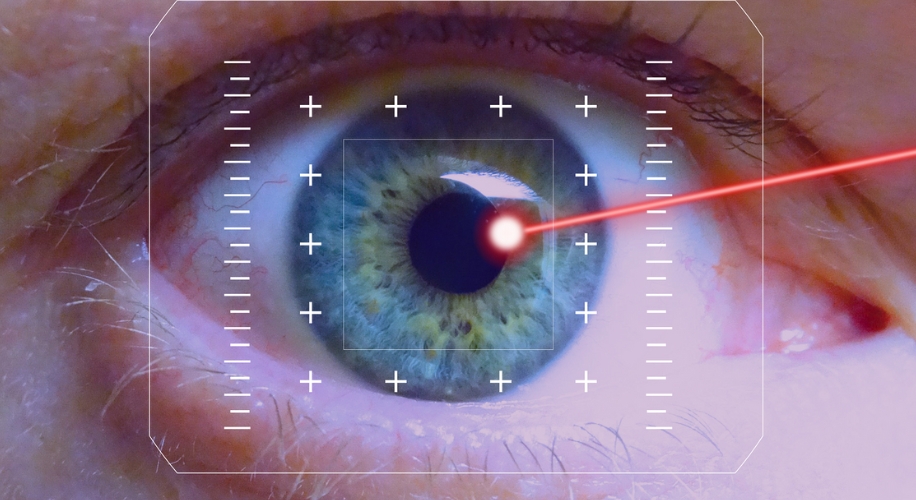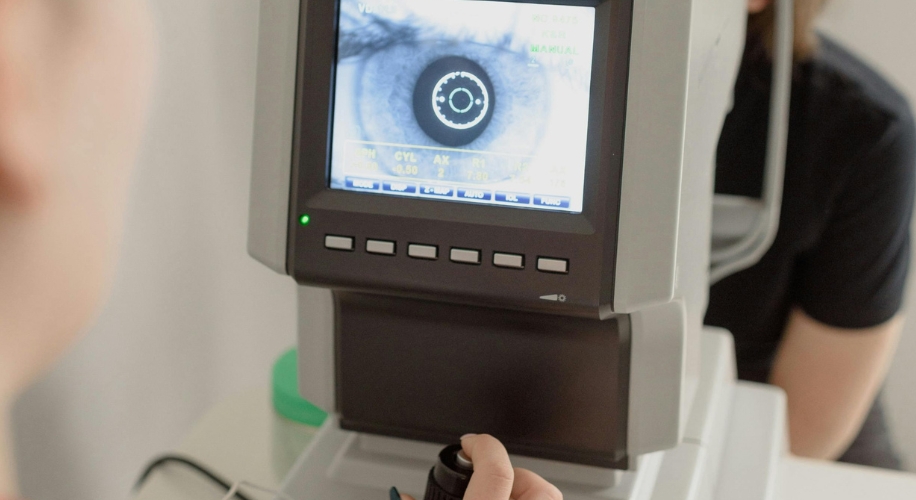Everything You Need to Know About Refractive Surgery
- BY Dr. Steven Liem
- IN Eye Health

Photo by Pixabay
Refractive surgery, a groundbreaking procedure in ophthalmology, has revolutionized the way we correct vision abnormalities. From nearsightedness to astigmatism, refractive surgery offers a permanent solution for individuals seeking freedom from corrective lenses. Let’s delve into the intricacies of this transformative procedure and understand how it works.
Understanding the Cornea and Its Role in Vision
At the forefront of vision clarity lies the cornea, the transparent outer layer of the eye. Besides acting as a protective barrier, the cornea also plays a pivotal role in vision. The cornea’s curvature can refract light rays as they enter your eye and help focus them on your retina.
Types of Refractive Surgery
Several techniques fall under the umbrella of refractive surgery. Your ophthalmologist will consider multiple factors, such as your refractive error and the thickness of your cornea, in recommending the best procedure.
- LASIK: Laser-Assisted In Situ Keratomileusis is a popular procedure that involves reshaping the cornea beneath a flap using a laser to correct refractive errors.
- PRK: Photorefractive Keratectomy is similar to LASIK but involves removing the cornea’s outer layer before reshaping.
- LASEK: Laser Epithelial Keratomileusis combines elements of LASIK and PRK, making it suitable for individuals with thinner corneas.
- SMILE: Small Incision Lenticule Extraction is a minimally invasive procedure that removes a small section of corneal tissue to correct vision.
- RLE: Refractive Lens Exchange involves replacing the eye’s natural lens with an artificial one to correct refractive errors.
Photo by Ksenia Chernaya
The Procedure: What to Expect
Before undergoing refractive cornea surgery, patients undergo a thorough eye examination to determine candidacy. Diagnostic testing typically includes corneal imaging and dilated eye testing. On the day of the surgery, the surgeon utilizes advanced laser technology to reshape the cornea, correcting its curvature and restoring clear vision. Most surgeries are quick, with minimal discomfort, and patients can go home afterwards to rest and recover.
Post-Surgery Care and Recovery
Following refractive cornea surgery, patients are advised to follow specific post-operative instructions to ensure optimal healing and visual outcomes. This may include using prescribed eye drops, avoiding strenuous activities, and attending follow-up appointments to monitor progress. While some patients experience clear vision immediately, others may notice their vision improve with recovery time.
Potential Risks and Complications
Like any surgical procedure, refractive cornea surgery carries some risks, albeit rare. These may include dry eyes, glare, halos, under or overcorrection of vision, and infection. However, advancements in surgical techniques and technology have significantly minimized these risks, making the procedure quite safe.

Photo by Guduru Ajay bhargav
Refractive surgery offers a life-changing solution for individuals struggling with refractive errors. By understanding the science behind this procedure and its various techniques, patients can make informed decisions about their vision correction options. Consultation with a qualified ophthalmologist is crucial in determining whether you are a candidate for refractive surgery.


